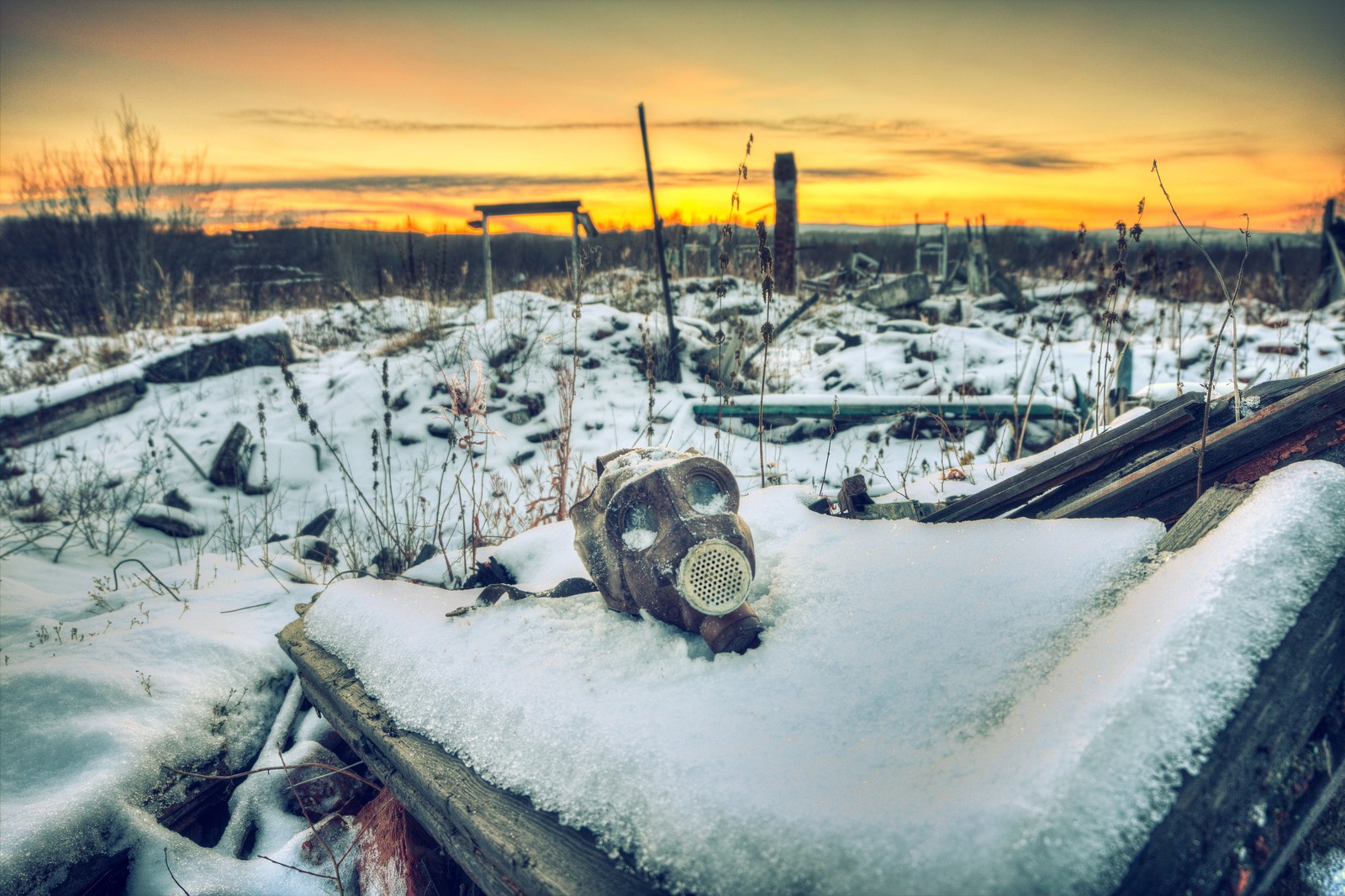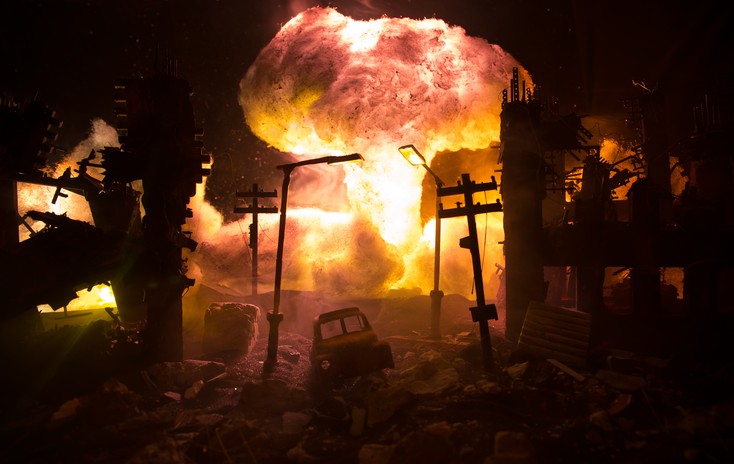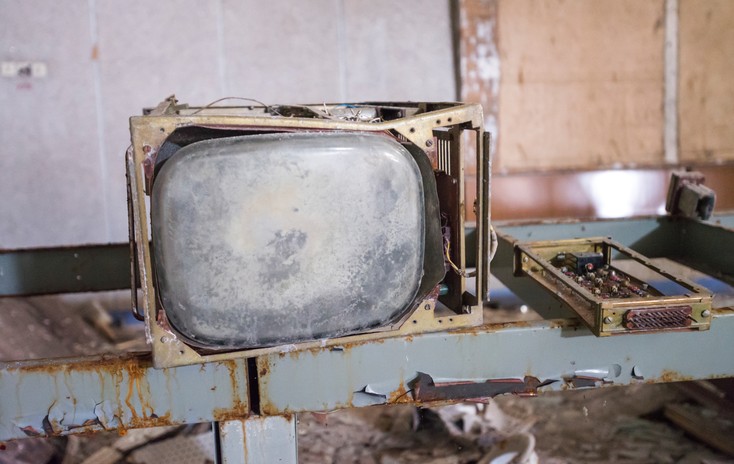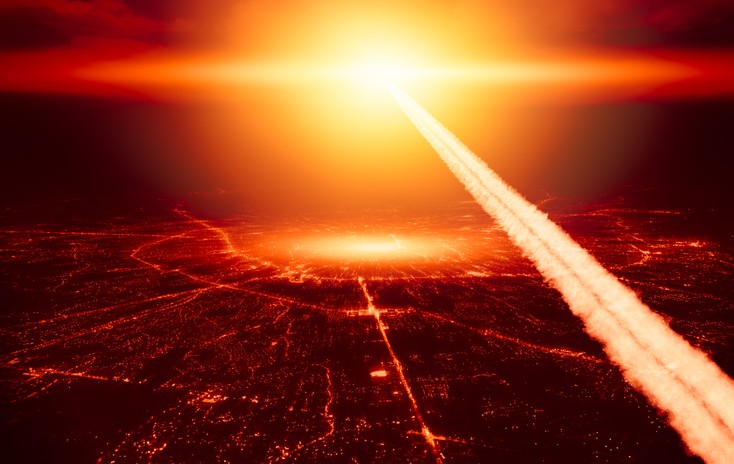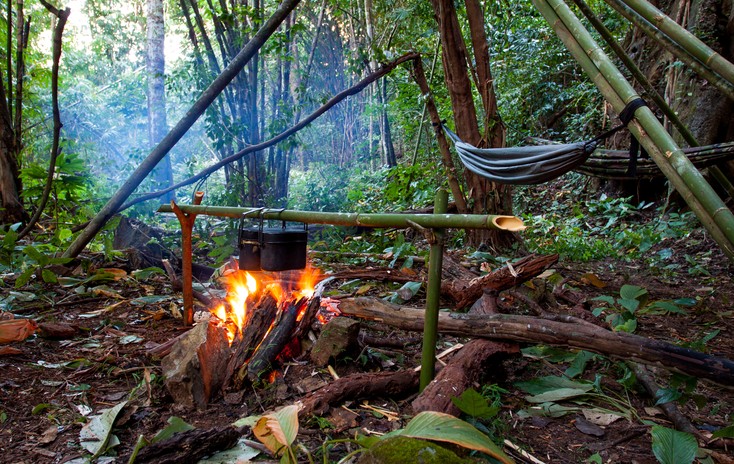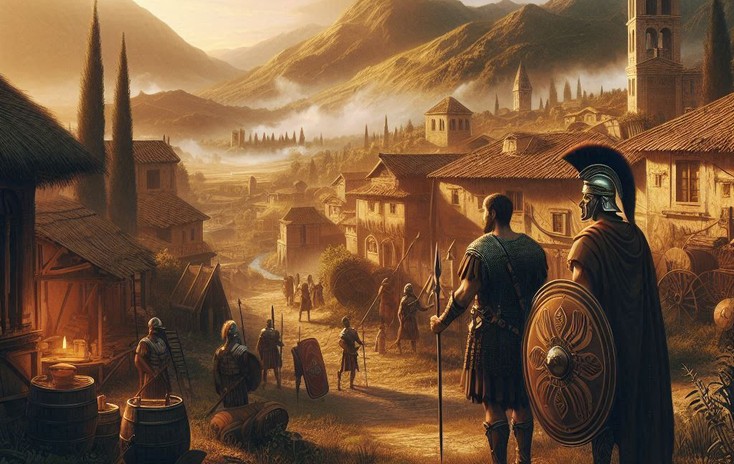Surviving the collapse of modern society would require a mix of practical skills, knowledge, and mindset. Here are some of the most important skills: Basic Survival Skills: ...
1
Aug
2024
Kallan and the Thunder Beast
The Encounter In a lush, untamed world where the ancient and the primeval collide, a young warrior named Kallan prowled the dense forest. His long hair, knotted and wild, cascaded down his back, a testament to...
The collapse of the Roman Empire, particularly in the West, was a complex process that affected ordinary people in various ways depending on their location, social status, and the specific period...

 Welcome to Prepping.com.au, the new web magazine.
Welcome to Prepping.com.au, the new web magazine.
 What is Prepping? A guide for normal people to get started.
What is Prepping? A guide for normal people to get started.
 How to use this site. When all else fails, read the instructions.
How to use this site. When all else fails, read the instructions.
 This is your mission, should you choose to accept it.
This is your mission, should you choose to accept it.

